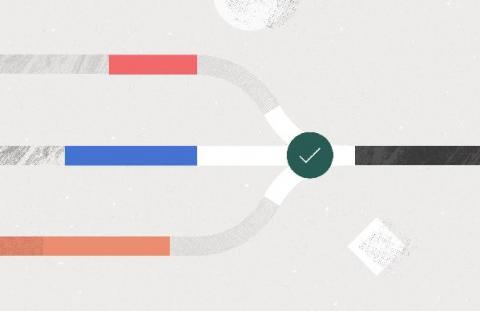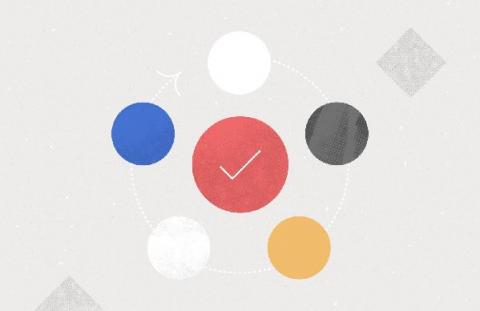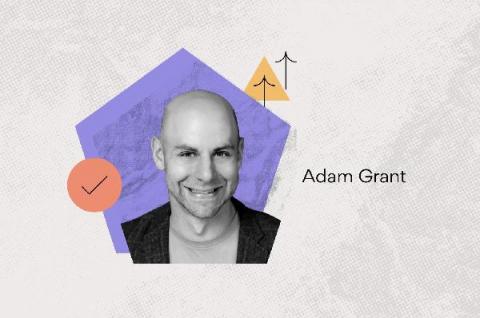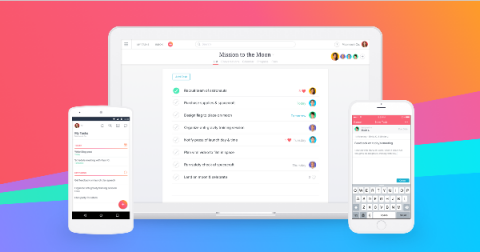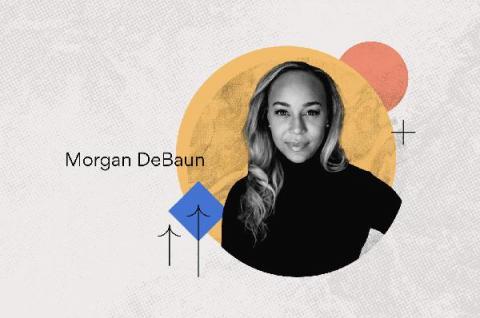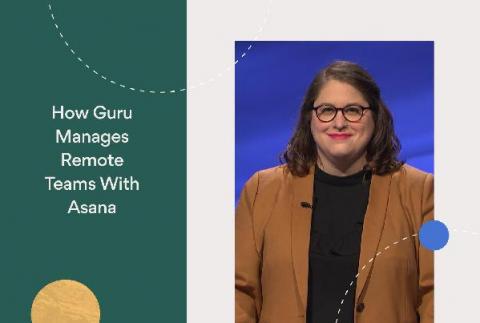Teams | Collaboration | Customer Service | Project Management
July 2021
Q&A with Asana's Head of Product: How Asana is building a navigation system for the future workplace
The past year has seen flexibility and adaptation in the face of large-scale changes—with companies investing in tools like chat, content, scheduling, and more to collaborate. That said, organisations haven’t seen a meaningful uptick in productivity. That’s because all those tools aren’t doing what they’re supposed to—helping teams manage and coordinate work.
Make meetings actionable with Asana and Zoom
Video meetings are a key source of connection between team members—whether your team is remote, hybrid, or globally distributed. Yet more face time through video calls doesn’t always equal more high-impact work. In fact, our research shows that casual chats have been replaced with unnecessary meetings, costing individuals 157 hours of productivity over the past year.
Reimagine Meetings with Zoom & Asana
Q&A: How Vodafone reaps the rewards of work management
At Vodafone, a leading telecommunications company in Europe and Africa, Darragh Cresham, Operations and Technology Manager for Vodafone Business, has taken an agile and innovative approach to work management. By giving teams a single platform to work in rather than scattered apps and ad hoc processes, Darragh has enabled his teams to move swiftly and effectively tackle the challenges that come with complex processes and a dispersed workforce. So how does Vodafone use work management?
How to shift from languishing to flourishing: Q&A with Adam Grant
We need to rethink the way we work. The global pandemic has made it strikingly clear that working longer hours does not lead to greater impact. In fact, it leads to burned out, unhappy, and unproductive employees. According to the Anatomy of Work Index, 76% of workers are struggling to disconnect from work. And, in the last year, 7 in 10 workers experienced burnout. To rethink work and life in the new normal, we sat down with Adam Grant at our recent Focus & Flow Summit.
What we can learn about productivity and focus from a cognitive neuroscientist and high-performance psychologist
We live in a distracting world. Mobile devices, apps, ads, and our natural environments constantly divert our attention. For example, according to the Anatomy of Work Index, workers are switching between an average of 10 apps 25 times per day, hurting focus and productivity. To share practical tips for achieving greater focus and flow in a distracting world, we brought a powerful duo together at our recent Focus & Flow Summit: cognitive neuroscientist Dr.
Why setting goals and creating clarity are key to better business in the UK
The last year and a half has really tested how well organisations in the UK—and around the world—are able to communicate goals and create clarity for their teams. Without strong goals to work towards together, teams flounder and can’t do their best work, especially considering the amount of sudden change and stress people have experienced.
How Blavity CEO Morgan DeBaun leads with purpose and empathy
Leading a company through a global pandemic is no easy feat. It requires resilience, purpose, and a whole lot of empathy. At our recent Focus & Flow Summit, Asana Customer Success Manager Rasha Harvey sat down with Blavity’s Founder & CEO Morgan DeBaun to learn how she guided her team through change while staying focused on her organization’s purpose. Here are a few of Morgan’s insights along with tips on how to achieve greater focus and flow.
Simplifying complexity: How Guru manages remote teams with Asana
While a company’s headcount might grow person-by-person, its functional complexity grows exponentially. In a team of only 10 people, there are over a thousand possible combinations of working relationships; for a team of 15, there are over thirty thousand. But let’s forget the math. After all, we’re not talking about cracking a safe, we’re talking about working with people. And when we work with people, complexity is about more than a numbers game.



